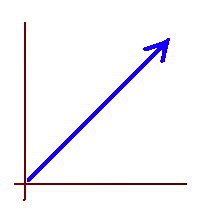Geometry is fun!
Yesterday I helped one student with his Geometry project.
He had to build a 3-D model of a regular solid, so I showed him how to draw a net of equilateral triangles. We used the triangular net to cut out a template for icosahedrons.
The icosahedron is one of the five Platonic solids (the other four are the tetrahedron, the cube, the octahedron, and the dodecahedron). The icosahedron has twenty triangular faces, thirty edges, and twelve vertices.
Helping my student with this 3-D geometry project reminded me of a course I took in college, where we covered in detail the algebraic structure of the symmetry groups of the five Platonic solids. In that class each one of us built a few models of each Platonic solid, highlighting some of their features, like the cubes formed inside the dodecahedron by the diagonals of its pentagonal faces, for example. For me, that part of the course was a lot of fun.
In www.mathsisfun.com you can find ready-to-print templates for making paper models of the five Platonic solids.
In isotropic.org you can find similar templates, plus additional ones for the 13 Archimedean semi-regular polyhedra.
The following video shows how to make an icosahedron:
This other video shows a MatLab animation of an icosahedron turning itself inside out repeatedly displaying multiple icosahedral net configurations:
Constructing a Large 251-Point String Art Cardioid
-
I recently designed and made a string art cardioid sculpture, which is now
hanging in our mathematics department’s window. It is made from laser-cut
plywoo...
1 day ago





No comments:
Post a Comment